Are you struggling to find quality artificial turf at prices that protect your profit margins? The search for reliable suppliers can be frustrating, but China offers a unique competitive edge.
The biggest advantage of sourcing artificial grass from China is its highly developed and complete industrial supply chain. This ecosystem allows manufacturers to access quality raw materials at a lower cost, resulting in a final product that is both high-quality and competitively priced for international buyers.
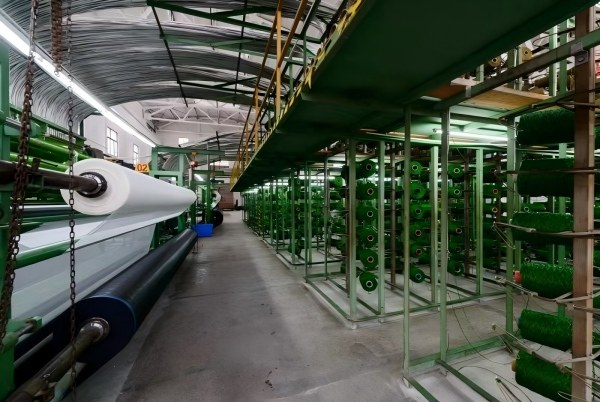
I have spent my entire career in the artificial turf industry, from the technical department to managing international sales. I’ve seen firsthand how buyers can achieve great success by leveraging China’s manufacturing power. But taking advantage of these benefits requires knowing what to look for and how to navigate the process. If you want to grow your business and increase your profits, you need to understand the details. Let me share what I’ve learned to help you succeed.
How to tell if artificial grass is good quality?
You receive a sample that looks great, but you worry it won’t last. A low-quality batch can ruin a project and your reputation, costing you thousands in replacements and lost business.
To determine good quality artificial grass, you must check the yarn material (100% new PE is best), the backing coating (durable SBR or premium PU), and the product’s density, indicated by Dtex and stitch rate. Also, ensure it has proven UV resistance for longevity.
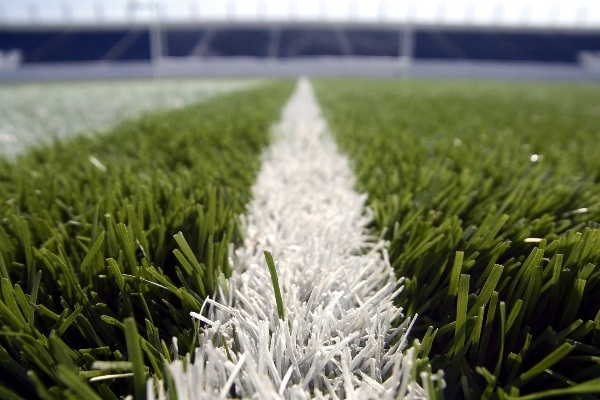
Let’s dive deeper into these key quality indicators. When I work with buyers like Mohammed from Saudi Arabia, who need products that can withstand intense sun and heat, we focus on specific technical details. It’s not just about how the grass feels; it’s about the science behind its durability. A good supplier will always be transparent about these specifications. We can break down quality inspection into three main areas.
Key Quality Metrics
Here are the critical factors you need to check:
-
Yarn Properties: The "blades" of grass are the most visible part. They must be soft to the touch but strong enough to stand up to traffic. Insist on yarn made from 100% virgin Polyethylene (PE). Recycled materials can contain impurities, leading to inconsistent color and reduced lifespan. Dtex is a measure of yarn weight per 10,000 meters; a higher Dtex (e.g., 8800-12000) usually means a more durable, resilient fiber.
-
Backing and Coating: The backing is the foundation of the turf. It consists of a primary cloth (usually PP) and a secondary coating. The most common coating is SBR latex. It’s cost-effective and reliable. For high-end applications or extreme climates, Polyurethane (PU) backing offers superior tuft lock (how strongly the fibers are held) and water resistance, but at a higher cost.
-
Overall Construction: Density is crucial for a lush appearance and durability. This is determined by the stitch rate (stitches per 10cm) and the gauge (distance between rows). A higher stitch rate and a smaller gauge result in a denser product.
| Quality Factor | Standard Quality | High Quality | Why It Matters |
|---|---|---|---|
| Yarn Material | PE with recycled parts | 100% Virgin PE | Virgin material ensures consistent color, UV stability, and a longer lifespan. |
| Dtex | 6600 – 8800 | 8800 – 12000+ | A higher Dtex means a thicker, more resilient yarn that stands up better to use. |
| Backing Coating | SBR Latex | PU (Polyurethane) | PU offers superior strength and water resistance, crucial for wet or extreme climates. |
| UV Resistance | 3000-5000 hours | 6000-8000 hours | Essential for preventing fading and degradation from sunlight, especially in hot regions. |
I always tell my clients to request test reports from labs like SGS or Intertek1. These third-party reports verify claims about UV stability, lead content, and other safety standards, giving you peace of mind.
How to Import Wholesale Artificial Grass from China?
The idea of importing from China can feel overwhelming. You might worry about communication breakdowns, getting scammed, or dealing with complicated paperwork, making you hesitate to start.
To import wholesale artificial grass from China, first find suppliers through platforms like Alibaba or trade shows. Next, verify their credentials by checking certificates and export history. Then, request and compare samples, negotiate price and terms, and place a detailed purchase order.
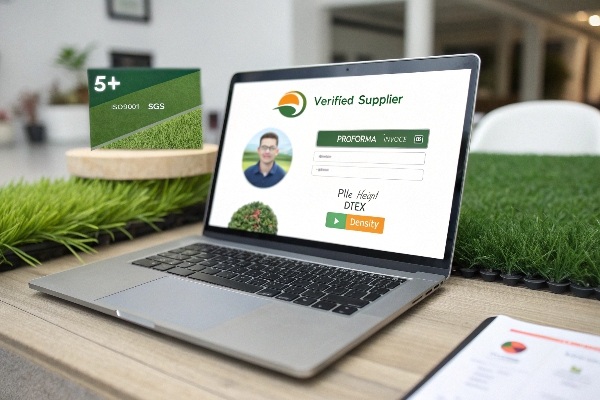
Importing is a process, and like any process, it can be broken down into simple, manageable steps. Having helped many clients navigate this for the first time, I’ve developed a clear method. It all starts with finding the right partner. China has thousands of suppliers, but only a fraction will be the right fit for your business. The key is to do your homework.
Your Step-by-Step Importing Plan
Here’s a simple breakdown of the process I recommend to all my clients.
-
Finding Potential Suppliers: Your search will likely start online. Websites like Alibaba, Made-in-China, and even direct Google searches are great tools. Look for suppliers who have been in business for several years, have a "Gold Supplier" status (on Alibaba), and have positive reviews. Attending industry trade shows like the Canton Fair2 is another excellent way to meet suppliers face-to-face.
-
Vetting Your Suppliers: Once you have a shortlist, it’s time to dig deeper. This is the most critical step. Ask them for their business license, ISO 90013 (quality management) and ISO 14001 (environmental management) certificates. Request test reports for their products (UV, heavy metals). A serious factory will have these documents ready. I also suggest asking for photos and videos of their factory. Better yet, if possible, arrange a factory visit or hire a third-party agent to do it for you. This is something buyers like Mohammed always do to ensure the supplier is legitimate and capable.
-
Negotiation and Ordering: Once you’ve verified a supplier and approved their samples, it’s time to talk business. Negotiate the price, but also focus on payment terms (a common arrangement is 30% deposit, 70% balance against the copy of the Bill of Lading), production lead time, and warranty. Finalize everything in a formal Purchase Order (PO) that clearly lists all product specifications, quantities, prices, and terms to avoid any misunderstandings.
How Do You Ship Bulk Artificial Turf from a Chinese Factory to Save on Costs?
You’ve found a great product at a good price, but shipping fees threaten to ruin your budget. High logistics costs can turn a profitable deal into a loss if not managed carefully.
To save on shipping bulk artificial turf, always choose sea freight over air. Opt for a Full Container Load (FCL)4 shipment, as it’s cheaper per unit than Less than Container Load (LCL)5. Understanding Incoterms like FOB allows you to control shipping costs effectively.
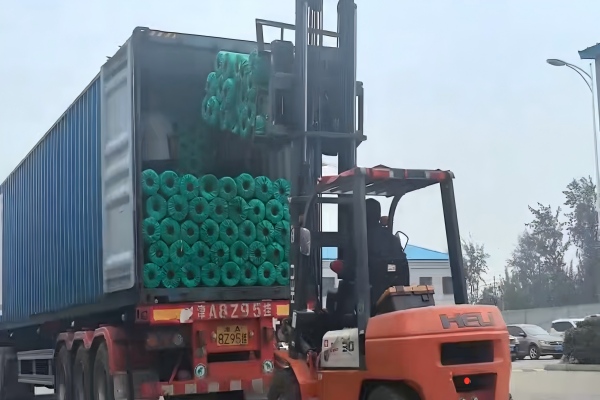
Shipping is often the biggest variable cost when importing. The key to saving money is planning. The rolls of artificial turf are big and heavy, so air freight is almost never an option for bulk orders—it’s just too expensive. That leaves sea freight, but even within sea freight, there are strategic choices you can make to lower your costs. The goal is to maximize the space you are paying for and control the process as much as possible.
Optimizing Your Shipping Strategy
Here’s how you can make shipping work for you, not against you.
-
Choose the Right Shipping Method: For bulk orders, FCL (Full Container Load) is your best friend. You rent an entire 20ft or 40ft container. Even if you don’t fill it completely, it’s often cheaper than LCL (Less than Container Load), where you share container space. LCL involves more handling and higher port fees at both ends, which adds to the cost and risk of damage.
-
Understand Incoterms6: These international commercial terms define who is responsible for the shipment at each stage. Choosing the right one gives you control over costs.
| Incoterm | Supplier’s Responsibility | Buyer’s Responsibility | Best For |
|---|---|---|---|
| EXW | Make goods available at the factory. | Arrange and pay for all transport from factory door to your warehouse. | Buyers who want maximum control and have a trusted logistics partner in China. |
| FOB | Deliver goods to the designated port and handle export customs. | Arrange and pay for sea freight, insurance, and all costs from the origin port onwards. | Most buyers. It offers a good balance of cost control and convenience. You choose your own shipping line. |
| CIF | Arrange and pay for transport and insurance to the destination port. | Pay for import customs, port fees at destination, and local delivery. | Buyers who want less hassle, but it’s often more expensive as the supplier chooses the freight line. |
- Work with a Freight Forwarder: I strongly advise my clients to find a good freight forwarder7 in their own country (e.g., in Saudi Arabia). They will act as your agent, handling everything from customs clearance to final delivery. They speak your language, understand local regulations, and can often get better rates for the ocean freight part of the journey, especially if you choose FOB terms.
A Buyer’s Guide: What Are the Key Steps to Importing Artificial Grass for Profit?
You want to start importing artificial grass profitably, but you need a clear, reliable plan. Missing a single step in the complex chain from sourcing to sales can quickly erode your profits.
For profitable importing, first, calculate your total landed cost, not just the factory price. Second, manage quality with pre-shipment inspections. Finally, source strategically using FOB terms8 with your own freight forwarder to control logistics costs and ensure a healthy profit margin.
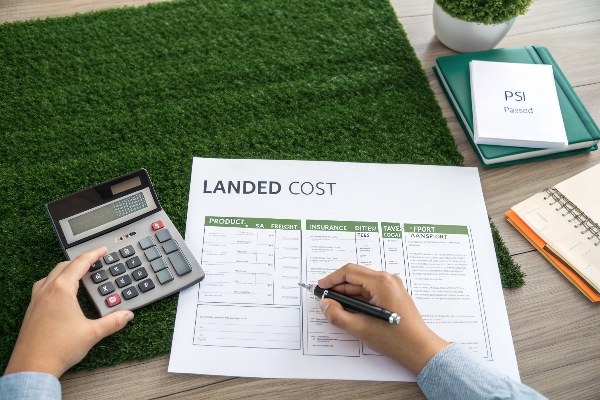
Turning a profit isn’t just about buying low and selling high. It’s about managing every step of the process intelligently. From my experience helping business owners build their turf companies, the most successful ones are those who are masters of their numbers and obsessed with quality control. They leave nothing to chance. They create a system that is repeatable and predictable. This process turns the complex task of importing into a clear roadmap for success.
Your Roadmap to Profitability
Let’s put everything together into a final action plan.
-
Pre-Purchase Strategy: Before you even contact a supplier, you need to know your numbers. The most important calculation is your Landed Cost. This is the true cost of getting the product to your warehouse.
Landed Cost = Product Cost (FOB) + Ocean Freight + Insurance + Customs Duties + VAT/Taxes + Local Port Fees + Inland Delivery.
Only by knowing this number can you determine a realistic selling price and profit margin. -
Production and Logistics: Your job isn’t done after you place the order. For importers like Mohammed who are extremely strict about quality, this phase is crucial. You must monitor production. I always recommend arranging a pre-shipment inspection by a third-party company (like SGS, TUV, or Intertek) when the goods are 80-100% complete but before you pay the final balance. They will act as your eyes in the factory, verifying that the product matches your specifications. This small investment can save you from a disastrous shipment.
-
Post-Arrival Business: Once the goods arrive, your freight forwarder will guide you through customs clearance. After you receive the turf, your focus shifts to sales and marketing. Your deep understanding of the product’s quality (from your vetting process) becomes your biggest selling point. You can confidently tell your customers why your turf is better and will last longer, justifying your price and building a strong reputation for your business. This is how you build a long-term, profitable enterprise.
Conclusion
China’s mature supply chain provides a clear advantage in price and flexibility. However, success depends on your diligence in verifying quality, calculating true costs, and managing logistics with a clear strategy.
-
Find out how third-party test reports can assure you of the quality and safety of artificial grass. ↩
-
Find out how attending the Canton Fair can connect you with potential suppliers and enhance your importing experience. ↩
-
Learn about ISO 9001 certification to understand its significance in ensuring quality management in suppliers. ↩
-
Discover the benefits of FCL shipping and how it can significantly reduce your logistics costs. ↩
-
Understanding the drawbacks of LCL can help you make better shipping decisions and save money. ↩
-
Learn about Incoterms to gain control over your shipping costs and responsibilities. ↩
-
Find out how a freight forwarder can simplify your shipping process and potentially save you money. ↩
-
Explore FOB terms to understand how they can help you control logistics costs and improve profit margins. ↩
_画板-1.png)
_画板-1.png)